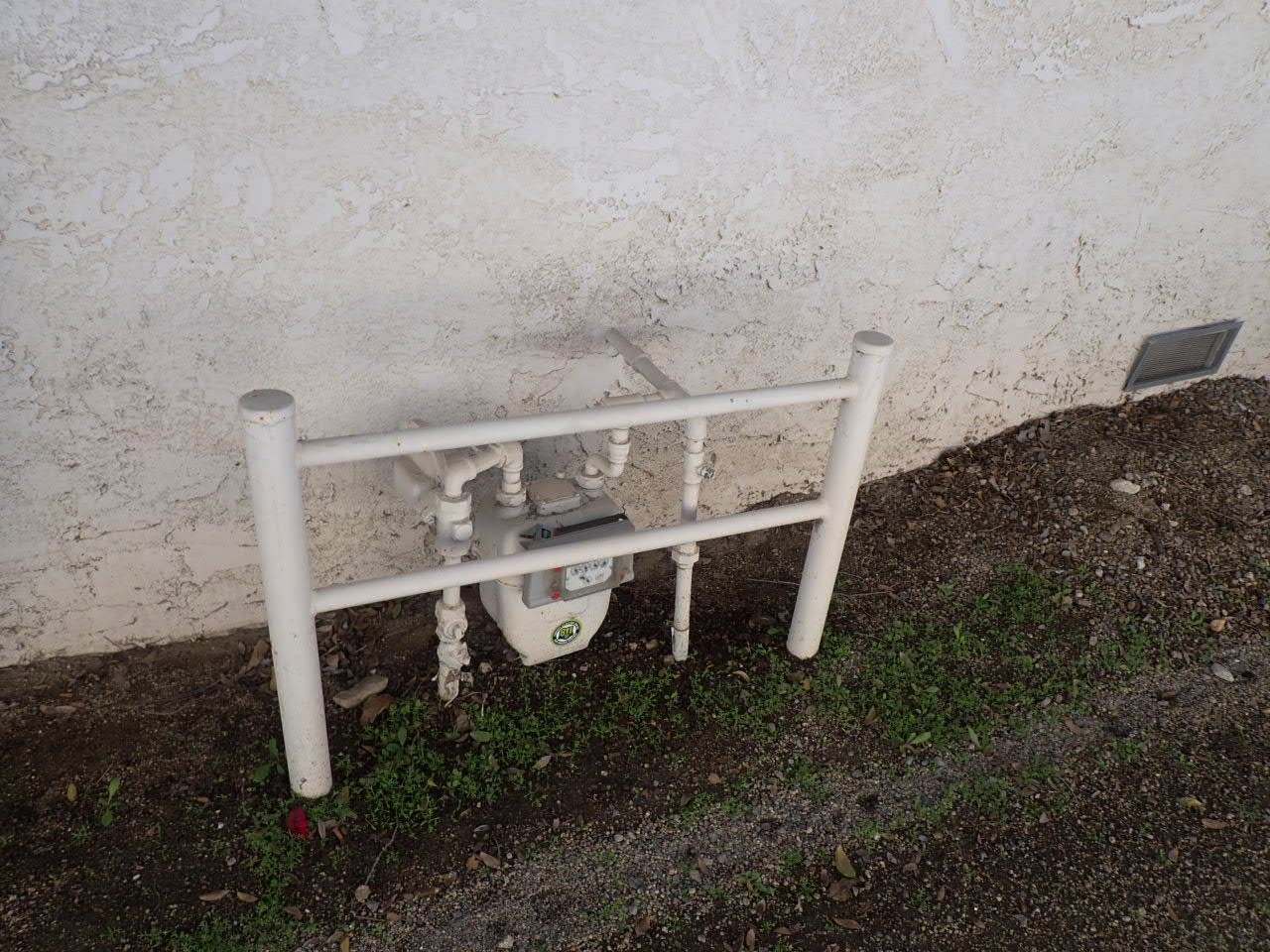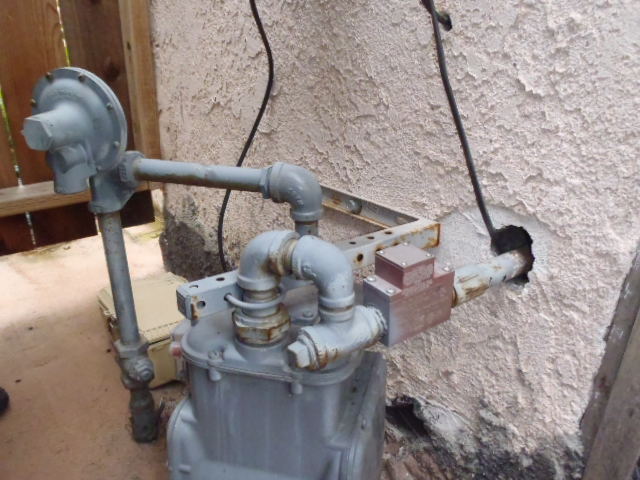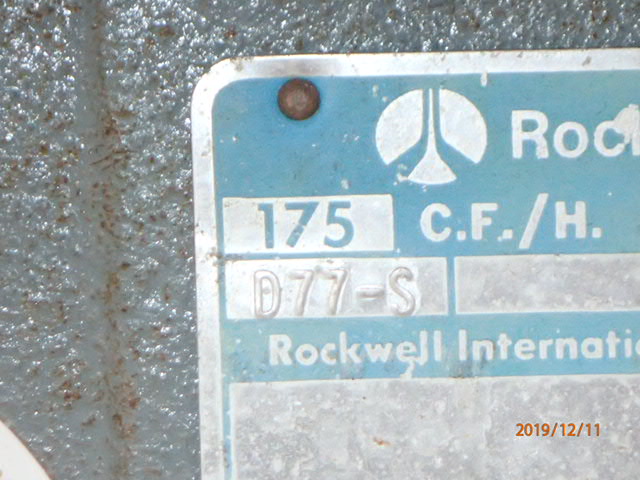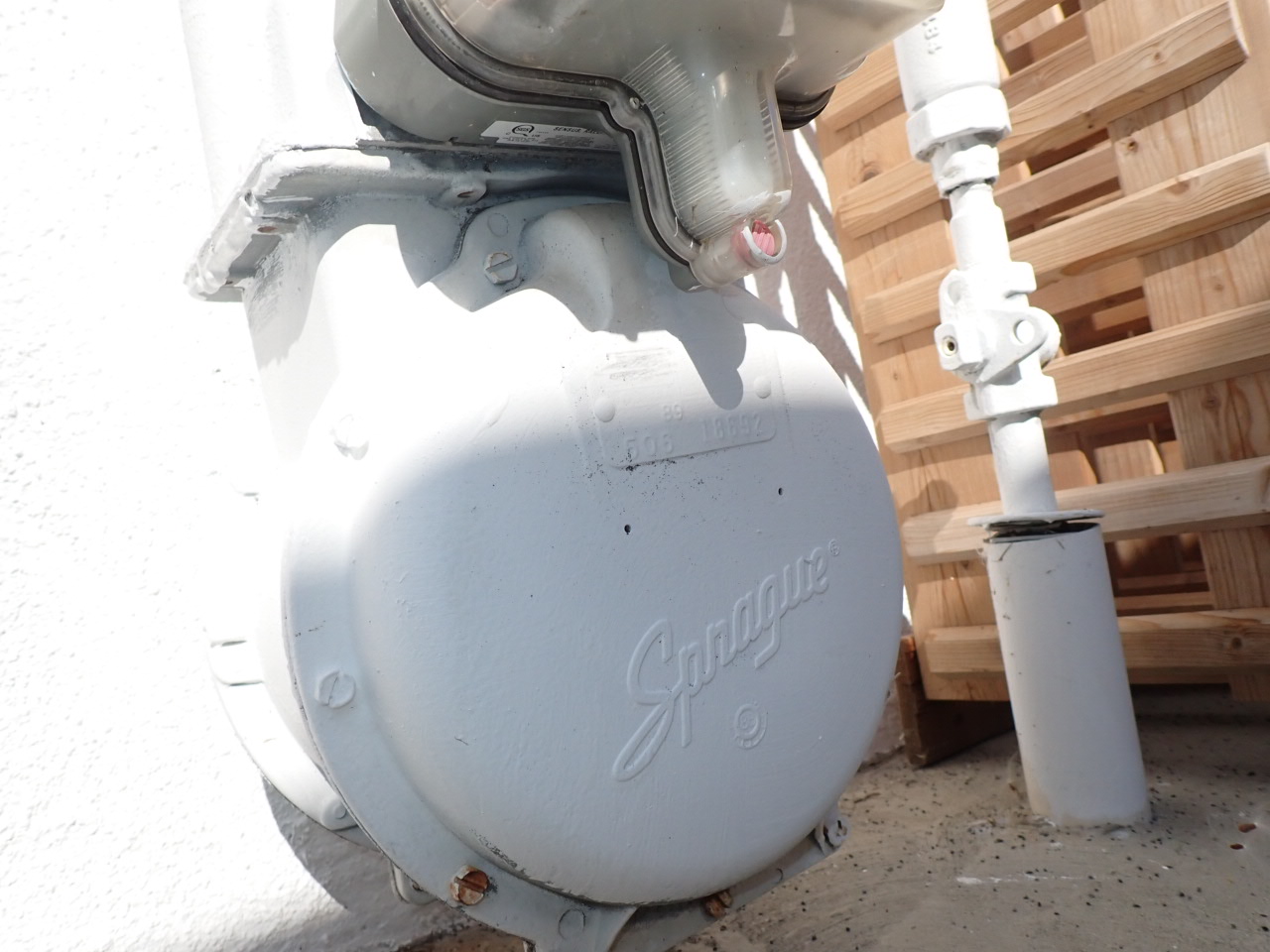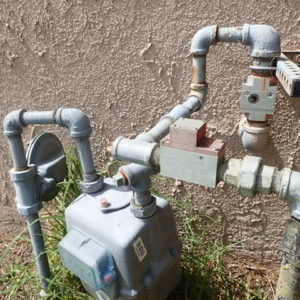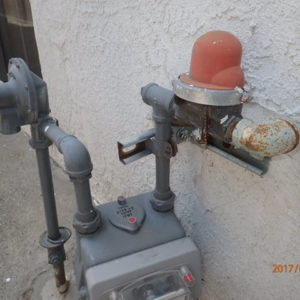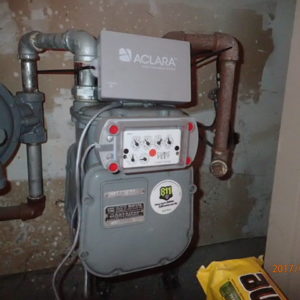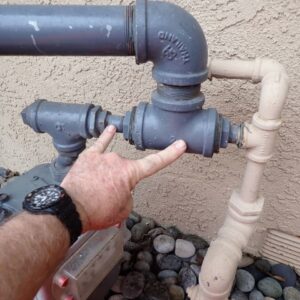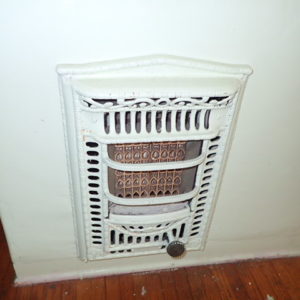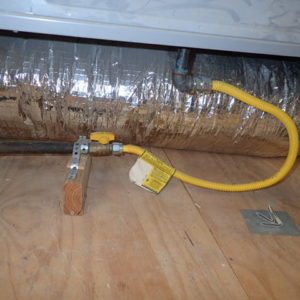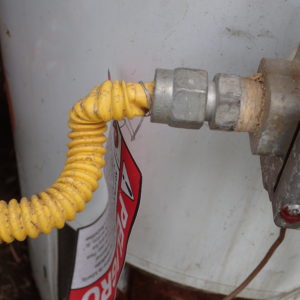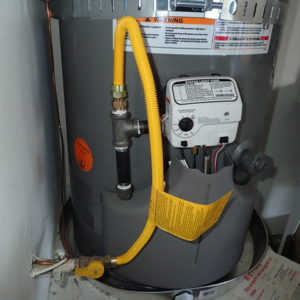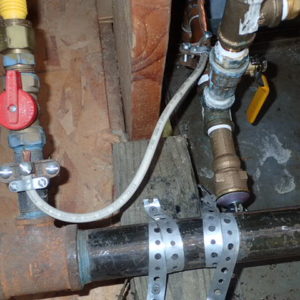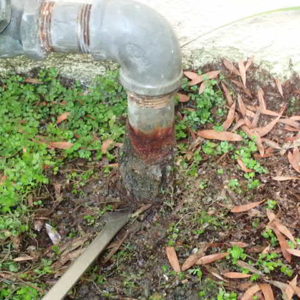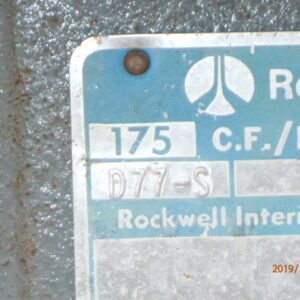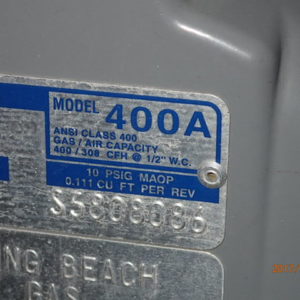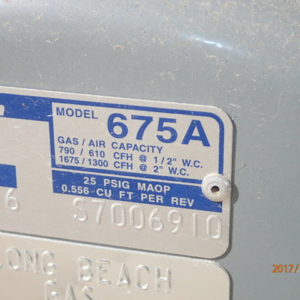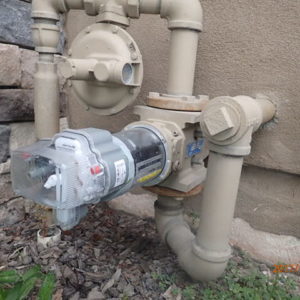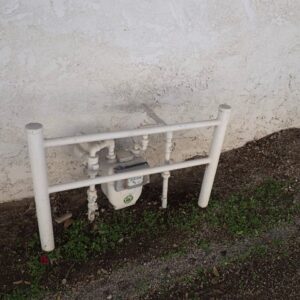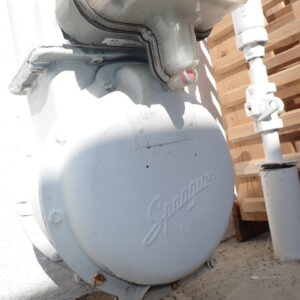One of the great modern conveniences we have is natural gas to heat our homes and water. This is not going to be an argument if you have an “All-Electric Home” or the benefits, but simply information about what does exist: Natural gas in structures.
A good thing to do at least once in your life at every property you live in is to compare the size of the gas meter to the total possible demand volume of gas-fired appliances on the property. Remember, this gas meter will also have to feed things on the outside of the house including barbecues and pool heaters.
Converting a gas meter on the side of the house that has a label in CFH (cubic feet per hour) to the appliances on the property that are sized by the BTU input, is not an exact cross over. For the sake of simplification we will simply say that the conversion is 1.10. So a 200 CFH meter roughly provides 200,000 BTUs for appliances to use. The actuality is that it will be a little more than 200,000 BTUs but then we also can get into calculating how far away from the meter does it have to travel and that larger pipes can allow more gas, etc. So again, to start this topic, let’s keep it simple.
The gas company has to provide gas several miles from the main reservoir that the city or utility company controls. These pipes under the streets etc. are pressurized and can be as high as 60 psi, often around 40 psi on the “City” side of the gas meter. Still the pressure can be as low as 10 psi when it reaches your house after traveling 2 or 5 miles or something like that. Every Municipality can have their own rules and regulations as well as the physical properties of providing the gas miles down the road to the end of the line of houses or farm. Properties far away get propane tanks and a truck comes to refill when you get low. Not a City truck.
That gas meter will actually reduce the City line pressure further and throttle it down to approximately 1/2 or 1 or 2 PSI after the meter going to the pipes in the house. Commercial units can be a little different with very large boilers, ovens and specialty equipment. The safety factor with reducing the pressure is so that houses don’t explode with regularity. Since all of us like that idea let’s not argue about this but continue on with the examples. Everyone reading this has grown up with this same pressure for over 75 years so you don’t need to try and ask why and change the world.
This is an example of when the size of the gas meter is too small. Let’s start with the size the central heater that is 75,000 BTUs, the gas stove/oven is 50,000 BTUs (4 burners + oven), the dryer is 40,000, the 40 gallon water heater was normally 40,000, the fireplace is 35,000 BTUs and all the interior appliances are approximately the maximum (240,000) capacity of the current gas meter that is 250 CFH (cubic feet per hour). No problem.
Now what changes happen over the 20, 50 or 70 years that the house has stood there? Someone adds an exterior BBQ outside the kitchen and connects to the stove gas line adding another 50,000 BTUs. Then the family added a pool and the pool heater alone is another 400,000 BTUs. One of the current improvements that makes a lot of sense is to install a tankless water heater! This new type of appliance must heat water instantly and does not have a tank that has been cooking over a slow fire pot with only 40,000 BTUs. The new tankless water heaters can be 160,000 to over 200,000 BTUs alone. That can be five times the size of the original water heater and this same newfangled appliance can take all the gas in the house of the original sized meter. Nothing was done wrong, the gas meter is simply too small for a newer, modern appliance that needs more gas.
So what could happen? Nothing will blow up. What will happen is that on cold winter days it will appear that the heater does not warm the house as well as it should while you’re doing the laundry that takes hot water. And the dryer is going and someone is taking a shower. Besides that, it is Thanksgiving and the turkey is in the oven. So the turkey will not cook as fast and you will not get as much hot water as you wanted and the house will not warm-up as you want during the snowstorm before company comes over. So to avoid Mama running into her bedroom crying saying the turkey is still cold, not cooked and the dishtowels still have not come out of the dryer, get a bigger gas meter. This is only a phone call.
Gas Meter and Appliances
It is recommended that the Gas Utility Company be contacted to conduct a free “Appliance Survey” like I wrote in the above paragraph. This will basically add up and total all the gas demand needs for all the appliances on the property and calculate the appropriate sized meter. Having a larger meter does not necessarily mean the gas bill will be any higher. The meter only operates when appliances are turned on. This just means that occasionally during cold weather when all the appliances are on, no fixture would be starving for gas and all can operate at optimum efficiency and capacity. Some Utility Companies only charge a “One-time” fee of only $100 – $150 to upgrade the meter to whatever size you need. Think about it. They want you to buy/use as much gas as you can so they get paid. Nothing wrong with that at all, that is just business. But happy wife is a happy life is not a bad situation either.
It is important to compare the size of the gas meter to the total possible volume of gas-fired appliances on... It is important to compare the size of the gas meter to the total possible volume of gas-fired appliances on... ![]()
Gas
Gas Plumbing
And for the sake of safety, there is often a steel pole installed referred too as a safety bollard. You will often see this “protecting” a gas meter by the driveway. Basically a pole or set of poles so the teenager or grandma who parks by Braile doesn’t cause an explosion.
